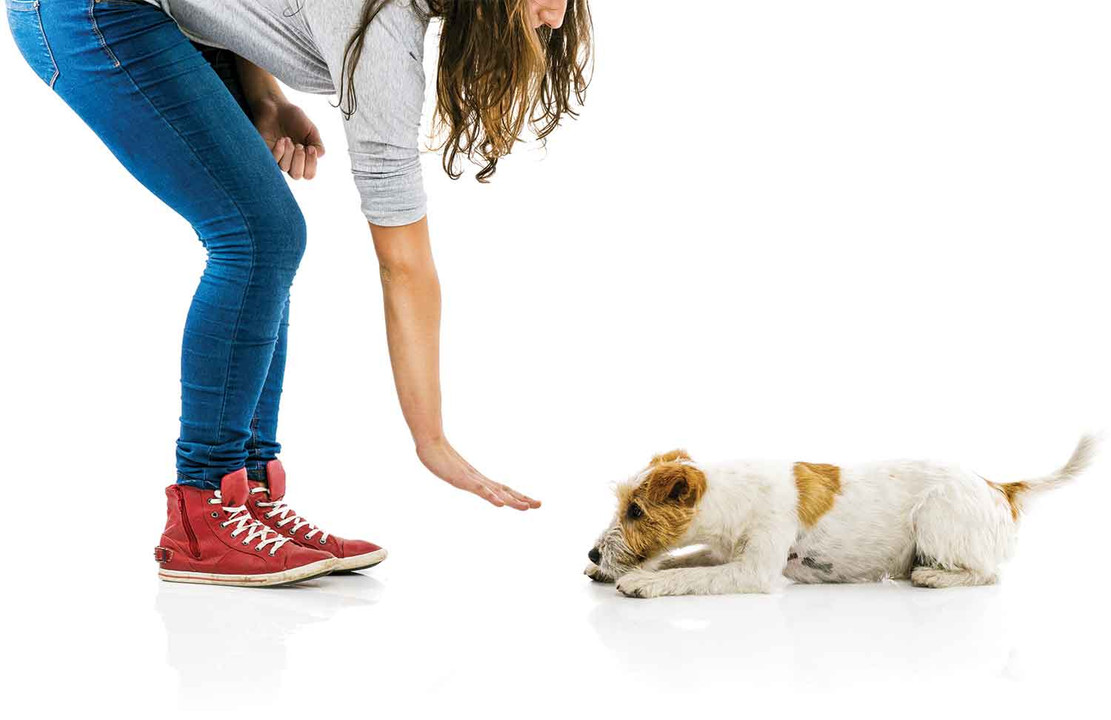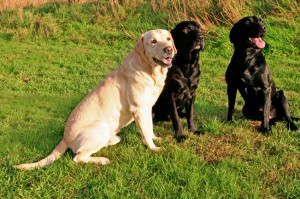5 Commands Every Dog Should Know


While we're all aware our dogs should know basic commands, sometimes we need a reminder on why certain commands are so important and how they can even save a dog's life. These commands are not just for show; they form the foundation of good behavior and safety for our furry friends.
This is my list of the top 5 commands I believe all dogs should know and respond to. If you have additional commands to add to the list, please mention them in the comments. Your input can help other dog owners enhance their training routines and keep their dogs safe and well-behaved.
5 Commands Every Dog Should Know
1. Sit.
This is obvious, right? But how many dogs will actually sit on command the first time? And even during "exciting" scenarios such as while meeting other dogs? Ensuring your dog masters this command can make a huge difference in their behavior in various settings.
Working on a solid sit command is so important because it helps keep a dog under control, which means the dog gets to do more things. It's also helpful for when you're waiting with your dog at the vet's office or when you're trying to pay afterwards. Much easier if your dog will sit and remain still!
Tip:
Teach your dog that "sit" means "sit and keep sitting until I release you." Consistency is key, and rewarding them for holding the position will reinforce the behavior.
2. Stay.
Another good one, which is really an expansion of "sit" or "down." There are times when we need to keep our dogs in one place, often while we take several steps away. This command is essential for their safety and your peace of mind.
"Stay" is useful in all sorts of situations such as when you want to get a photo of your dog. I also use this command every day when I want my dog to remain on his dog bed and not bother me, such as when we're eating dinner. It can prevent unwanted interruptions and ensure your dog knows their boundaries.
3. Free! (or something similar)
Our dogs need some sort of cue to understand when they are "free" to move around again after we've told them to sit or stay. This command helps them know exactly when it's okay to break the position and move around.
If we don't have a release word for our dogs, it stresses them out because they have to guess when to get up, and they usually attempt this much sooner than we'd like. This can lead to confusion and inconsistent behavior.
By using a release word such as "free!" or "OK!" we take the guesswork away. This also eliminates the need to keep repeating ourselves every couple of seconds. You know what I'm talking about. "Stay ... stay ... stay."
Having a release word allows the owner to use a single command and the dog will learn to remain sitting until given the cue to move around again. It creates a clear structure for your dog, making training more effective.
4. Come.
Important, again, for obvious reasons. Dogs that don't come when called can get into all sorts of trouble. They are more likely to run off and get lost or hit by a car, so they don't get to experience off-leash freedom like other dogs. This command can be a lifesaver in dangerous situations.
They are also more likely to chase things or get into confrontations with other dogs. A reliable recall can prevent potential conflicts and ensure your dog stays safe.
See our post on how to get a dog to come when called every time. This article offers practical tips to strengthen this essential command.
5. Drop.
Dogs pick up gross and sometimes dangerous objects in their mouths. Need I say more? From discarded food to dangerous items, a solid "drop" command can prevent many potential hazards.
Teaching a solid "drop" command is important so the dog learns to give up anything (dead squirrels, bones, chocolate cake) on command. This ensures their safety and prevents them from ingesting harmful substances.
Tip:
Use a highly valued reward when teaching this command. The reward should be better than whatever the dog has. Another related command that's also good to teach is "leave it" which means not to touch the item in the first place. Both commands can work together to keep your dog safe.
There are many other important commands for dogs to know (heel, watch me, down, etc.), but these five are the most important in my opinion. They provide a strong foundation for good behavior and safety.
What are some other helpful commands you think all dogs should know? Share your thoughts in the comments below!
Explore Popular Articles
-
Homemade Flea, Tick & Mosquito Repellent for Dogs: A Natural Recipe for Pet Parents
Jun 13, 2025Beyond the Buzz and Itch: Protecting Your Pup from Mosquitoes, Fleas, and Ticks As pet parents, we w
-
Can My Dog Eat This? A List of Human Foods Dogs Can and Can't Eat
Jun 04, 2025As loving dog owners, we consider our furry companions members of the family. They share our homes,
-
How Long Are Dogs Pregnant - Tips for Care & Safety
May 15, 2025Congratulations! If you’re reading this, your furry friend is likely expecting a litter of pup




